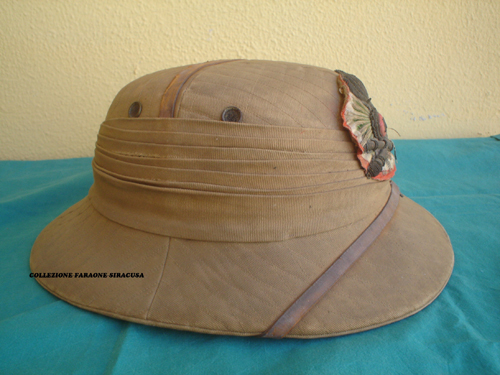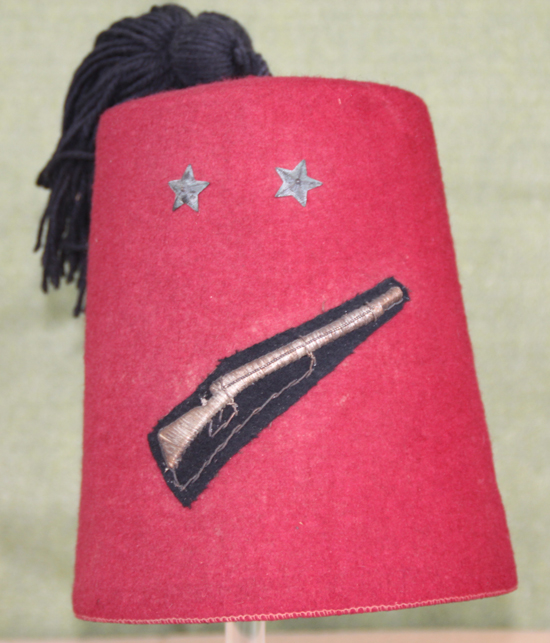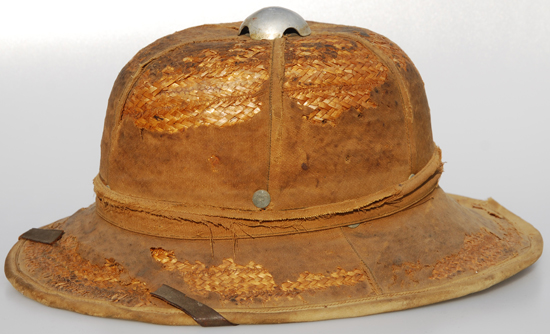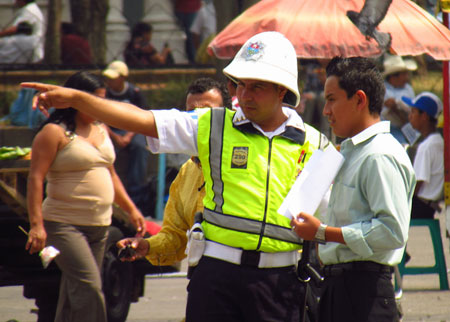While it is hard not to see that the Italian Model 1928 helmet was at least highly “influenced” by the British Wolseley helmet, the Italian military also seemed taken by the Anglo-Indian Cawnpore helmet. This particular topee, which is noted for its quilted pattern, was first a popular as a civilian helmet, but soon found its way to the military as a “private purchase” item.
Originally dubbed the Cawnpore Tent Club hat, it was popularized by the Prince of Wales’ visit to India 1875-76. From the First World War to the 1930s the helmet was chosen by fashion thinking British Officers, but in 1938 the Commander-in-Chief India dictated that the Cawnpore Tent Club helmet – along with the Wolseley – were to be phased out in favor of the Khaki Solar Pith Hat (See: Hat, Pith, Khaki, Solar). Continue reading




